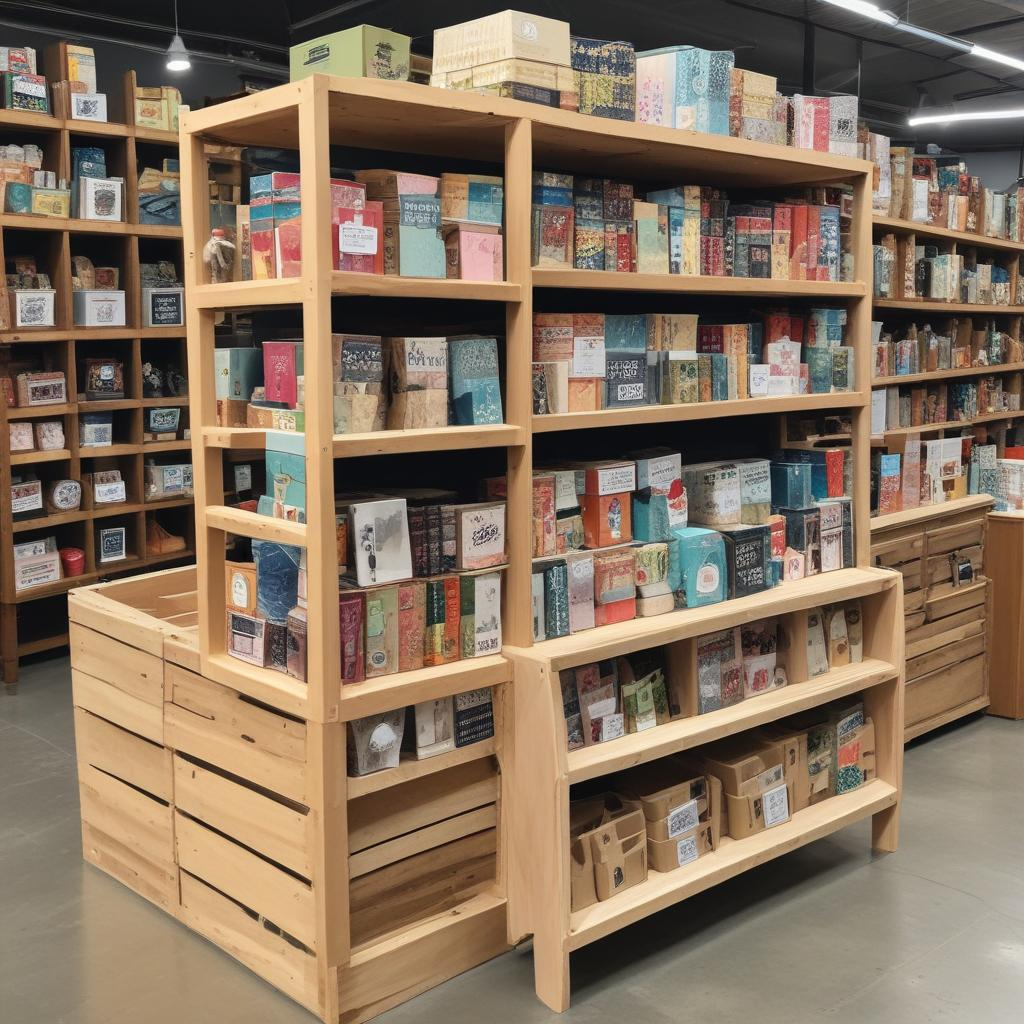The Art of Storytelling in Craft Show Display
Once upon a time, nestled in the bustling aisles of a vibrant craft show, a small, overlooked booth barely caught the eyes of passersby. This booth, cluttered and plain, displayed beautiful handcrafted jewelry that hardly drew any attention amidst the cacophony of more vibrant stalls. One day, the owner, an elderly artisan named Eliza, decided to transform her booth into a storytelling haven. She began weaving tales about each piece, describing the inspiration behind the turquoise inlay of a bracelet—the clear skies of the Southwestern desert, and the painstaking effort in carving the delicate details of a wooden necklace inspired by ancient folklore. Her booth turned into a portal to different worlds with each artifact embodying a story. Crowds gathered, mesmerized not just by the crafts but by the rich tapestries of narrative that accompanied them. The once-diminutive booth became a highlight of the show, proving that a story well-told is a masterpiece in itself.

The art of storytelling is not confined to books or the silver screen; it thrives wherever there is a tale to be told—even in the world of craft show displays. Storytelling in this context serves as a powerful tool to engage customers, creating a memorable experience that can significantly enhance the attractiveness of your booth and the desirability of your offerings. Whether you are selling hand-woven scarves or custom pottery, the stories behind these items can captivate the imagination and stir the emotions of your audience.
Effective storytelling in a craft show setting is about connecting buyers with the essence of each piece; it’s about making the inanimate vibrant with life and history. This connection might start with the moment of inspiration for creating a certain piece, the techniques used, or the origins of materials. For example, sharing how a bracelet’s stones are sourced from the sea shores of Bali, handpicked to ensure the right blend of colors, can transport a buyer to faraway sands and enhance the value of these seemingly mundane items.
To weave storytelling effectively into your craft show display, consider the following strategies:
- Visual Storytelling: Arrange your booth in a way that each item is part of a larger narrative. You could set up scenes that depict how and where your products can be used, or photographs that show the process of their creation.
- Written Stories: Small, elegant cards can accompany each piece, offering a short tale or description about the item’s conception or the history behind its design. This can be particularly effective for items that have rich cultural origins or unique artisan techniques.
- Personal Engagement: Engage visitors with anecdotes about your personal journey in craft making, the challenges you faced, and the achievements along your path. This personal connection can foster a deeper appreciation and a lasting relationship between the creator and the consumer.
- Interactive Elements: Incorporate elements that allow customers to become part of the story. For instance, demonstrating part of your making process at the booth can help them feel connected to the craftsmanship and effort involved.
Remember, every item at your booth has its own story—whether it’s the material from which it was made, the inspiration for its design, or the journey you underwent in creating it. By effectively sharing these stories, not only do you enhance the appeal of your crafts, but you also imbue them with a life and character of their own. In the end, storytelling in craft show displays is about creating an atmosphere that turns a simple shopping experience into an unforgettable journey.


.jpg)






.jpg)



0 Comments